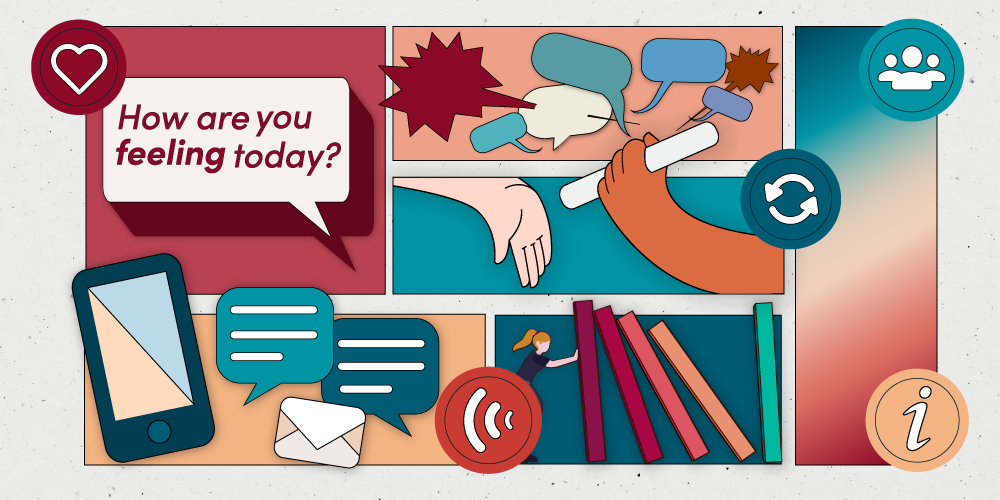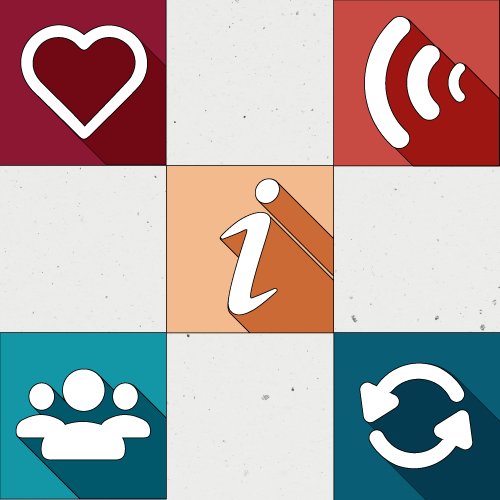“How well did everyone work together to care for you?”
We ask patients this question in every environment of care at U of U Health. Teamwork is a key driver of improved patient experience, and its often the missing ingredient when an experience doesn't go well. The question gets to the heart of the patient’s perspective of how we are working together to take care of the individual.
How do patients interpret "everyone"? It turns out "everyone" does indeed mean, everyone. We asked thousands of patients to identify the roles included in "everyone," and patients overwhelmingly included the long list of roles who meaningfully impact every stage of care - scheduling, nutrition care, valet, transport, nurses, phlebotomists, physicians, advanced practice clinicians, medical assistants, and technicians, social workers, and technologists.
To support clinicians, leaders, and health care professionals as they improve teamwork, U of U Health's Patient Experience team has developed a “Working Together Toolkit." This resource is framed around the actions that are most meaningful to patients and caregivers, and includes foundational guidance, whether you're just starting out or looking for a refresher. It recommends behaviors and language to create a space of healing and connection.
Thank you to Jason Phillips, Susan Pappas, and the Experience Excellence Division at UCSF Health for their generous permission to adapt their “PX Caring Behaviors” modules.
How to use the Toolkit
The Toolkit includes links to step-by-step instruction for leading activities with your team.
- Click: on a topic below, review the content, and try the module out with your team.
- Customize: the toolkit is intended to build upon each section. However, you may find that your team is further along in your experience journey. If that is the case, pick the activity that best suits your team’s needs.
Contact us: We know this is harder than it looks. Many of these exercises may lead to vulnerable sharing and thus require time and supportive facilitation. We are here to help answer questions, facilitate practice with your team, or shadow and give feedback as you lead each exercise (contact us at px@hsc.utah.edu).
Working Together Toolkit
Learning about the 5 Elements is the first step in developing a foundation to the behaviors you want to incorporate into your standard delivery of care. Thinking about how to apply, or reapply, those skills is the next step.
A patient’s experience describes their care journey. Be it a simple cold or chronic condition, each step in the entire care experience matters. How we choose to contribute to that also matters. The “5 Elements” offers a framework to define the “how” behind the “what” when it comes to behaviors that drive an exceptional experience.
- Read: The "5 Elements" article (5 min)
- Download: Ambulatory PPT | Inpatient PPT
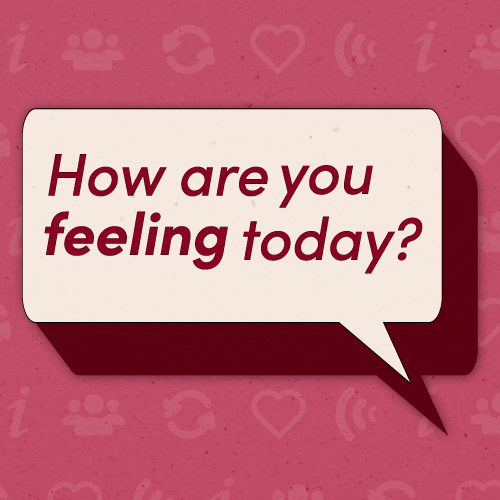 Most of us weren’t trained in how to be both clinically expert and compassionate in serious and emotionally charged situations. Even if we have a solid foundation of communication skills, it can be easy to be overwhelmed by the number of tasks and documentation required by our work.
Most of us weren’t trained in how to be both clinically expert and compassionate in serious and emotionally charged situations. Even if we have a solid foundation of communication skills, it can be easy to be overwhelmed by the number of tasks and documentation required by our work.
This section outlines a number of simple and meaningful key behaviors that can accelerate our ability to connect compassionately with our patients.
- Read: The "Key Behaviors" article (5 min)
- Download: Leader Guide (1 team activity)
 Health care is full of high emotion and the care we intend to deliver may sometimes not translate to an exceptional experience. How we choose to approach difficult moments with patients can influence change toward a more meaningful outcome, for the patient and for you. Read the articles and use the module to practice responding to a negative situation with empathy.
Health care is full of high emotion and the care we intend to deliver may sometimes not translate to an exceptional experience. How we choose to approach difficult moments with patients can influence change toward a more meaningful outcome, for the patient and for you. Read the articles and use the module to practice responding to a negative situation with empathy.
- Read: The "Service Recovery" article (7 min)
- Download: Leader Guide (1 team activity)
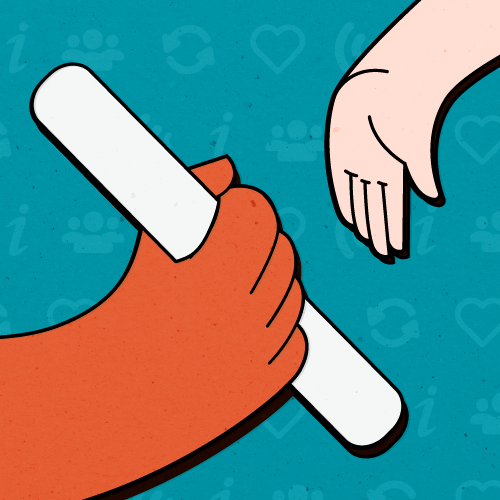 This section will allow us to learn skills for sharing information with our patients and each other, ultimately improving care coordination and partnership. We’ll talk specifically about respectful handoffs and how they are key in the patient’s journey. Complete the group exercise to apply the learning in this module.
This section will allow us to learn skills for sharing information with our patients and each other, ultimately improving care coordination and partnership. We’ll talk specifically about respectful handoffs and how they are key in the patient’s journey. Complete the group exercise to apply the learning in this module.
- Read: The "Respectful Handoffs" article (7 min)
- Download: Leader Guide (1 team activity)
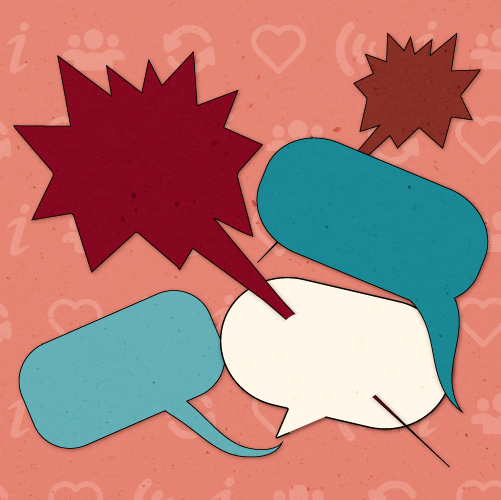 Being aware of the words we choose to use, and how we deliver them, can allow us to create a safe and inclusive environment to care for others. This section will walk through "words that wound" compared to ‘words that heal,’ from the voice of our patients and care team.
Being aware of the words we choose to use, and how we deliver them, can allow us to create a safe and inclusive environment to care for others. This section will walk through "words that wound" compared to ‘words that heal,’ from the voice of our patients and care team.
- Read: The "Words Matter" article (7 min)
- Download: Leader Guide (1 team activity)
Our words can build, or erode, trust with others. Manager of Patient Experience Operations Ember Hunsaker offers insight into how our words may be helping, or harming, those around us and how to balance the scales.
What do we hope to “recover” in service recovery? An apt synonym for “recover” in our context is “heal.” When we engage in service recovery, we hope to heal mistakes so that we can recover trust and continue to heal bodies and minds. Patient Experience manager Kathryn Young walks through steps for better service recovery.
What do patients want? University of Utah Health’s patient experience team reveals what fifteen years of evolving qualitative analysis of hundreds of thousands of patient voices have taught us.
